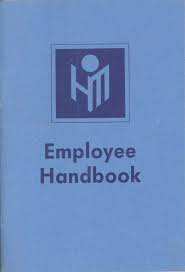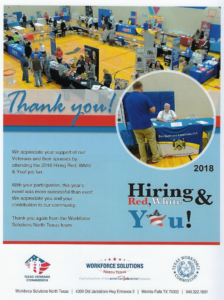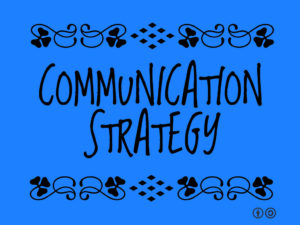If you prefer to read this online, click here,
For two weeks my eyes were glued to the television watching the spectacular efforts of the participants at the Olympics. The competition was fierce, and we all learned that there has been cheating. That took a long and independent investigation, and all this got me thinking about the competition that can go on in the workplace.
Competition in the Workplace
Competition in the workplace can be positive. I think of it this way; our employees are a team. They have a common goal to win for the team. The individual performances are important, but as the team plays and wins, all the team players win.
Competition in the workplace can also be negative. The individuals can be fighting all the time, which means they are not cooperating towards a common goal. As one loses, they all lose.
The Coach
You may be the coach. How you coach can determine whether your team wins or loses. You win, you keep working. You lose, and we all know what happens to coaches that lose.
What to Do?
As with any group of people there are those that may have hidden agendas, differing objectives and ways to work with others. It is your job as the coach to sort all this out and make the decisions that turn the team into a winner. But, we all know, the boss is short on time, has too many responsibilities and possibly, the Human Resource systems that could help are not in place.
What to do? Call a premier Human Resources Specialist in the Wichita Falls, Texas, and area. Call Don Swift, and Associates at 940-228-0550. Don Swift has the experience and expertise, as a life coach in Texas, to help you identify the personalities of the players on the team and how to bring out the best in them.
The Personalities
Why is that important to understand the personalities? In sports, every coach appreciates it is important to know the personalities of the participants to be able to work to bring out the best in them. The same applies to the team in the workplace. Here are some of the differences:
The High Jumper
This person is always racing to jump and get the best assignments. Because they are so aggressive, you may give the cream jobs to them, at the expense of the rest of the team.
The Handball Player
They weave, bob, and throw things at you. It could be a snarky comment or push out of the way. These types of people do things that are not in your best interests, and are good at doing what they do without the coach seeing what is going on. As a coach, it is tough to ascertain the truth. Get it wrong and you will have an adverse effect on the whole team.
The Basketball Player
They dribble around and do not have an interest in completing the game. They pass things off to the other players hoping they will be carried. With any team, the weakest link can bring the down the whole team. As the coach, it may be hard for you to concentrate on the individuals to find out what is wrong.
Back to What to Do?
There is so much to do as the coach at work. To get help, call the Human Resource Consultant in the Wichita Falls, Texas, and area who can help. Call Don Swift and Associates to bring an expert human resources specialist, Wichita Falls, to your worksite.
Don Swift and Associates has been helping work teams become winning teams for years, and they would love to help you and your team as your Texas life coach.
Do you need to identify the personalities that are holding your team back, or learn new ways to solve conflicts? No matter what the human resource issue in the Wichita Falls, Texas, and area, Don Swift and Associates is your contact.
Call Don Swift and Associates today at 940-228-0550 and check out their Website for all sorts of great information. Don’t wait any longer for a winning team. Call on Don Swift and Associates today at 940-228-0550 and let him help you go for gold as your Human Resource Specialist in Wichita Falls, Texas and area.
(Written by Wayne Drury)




